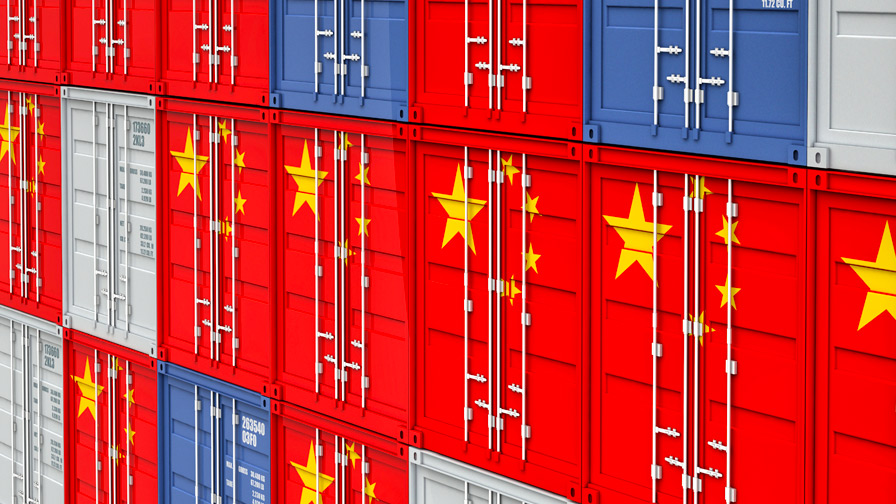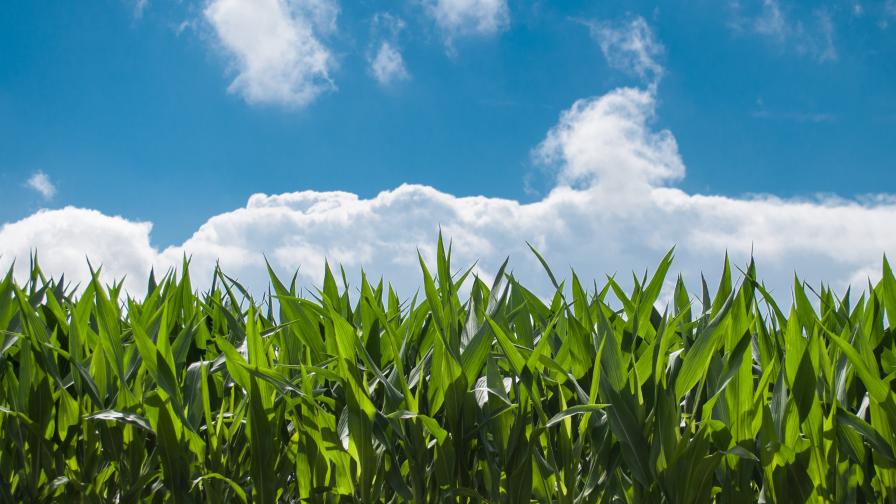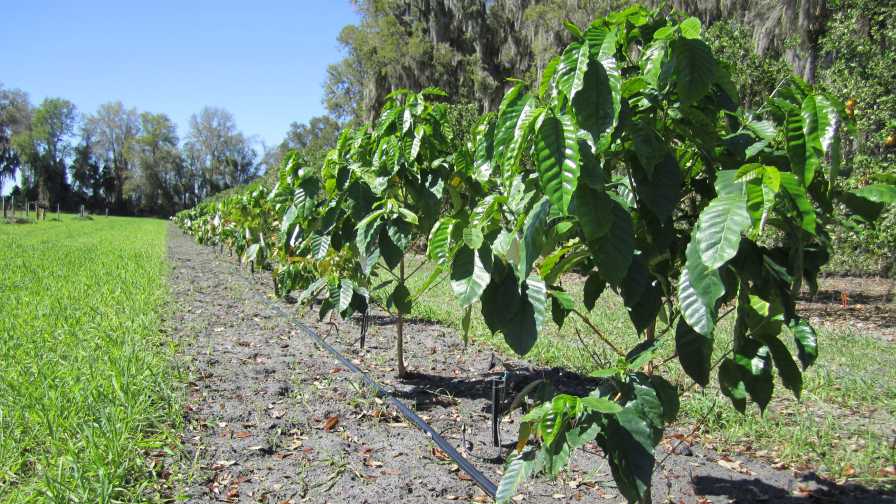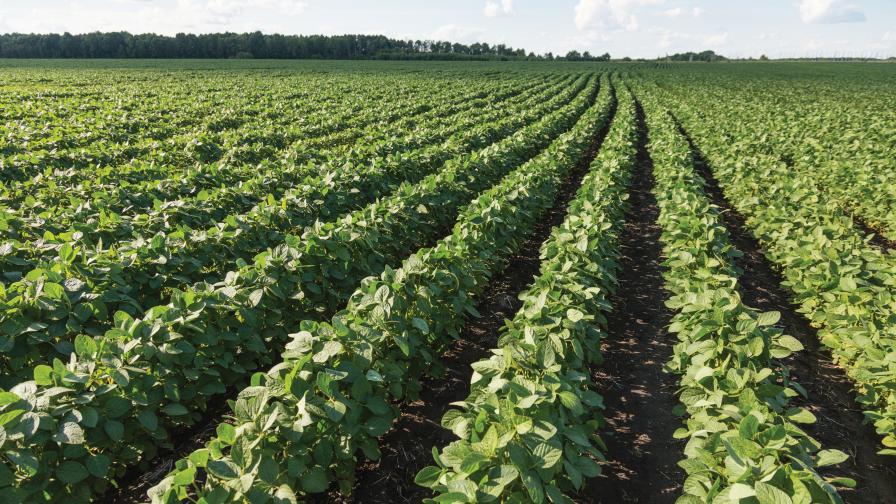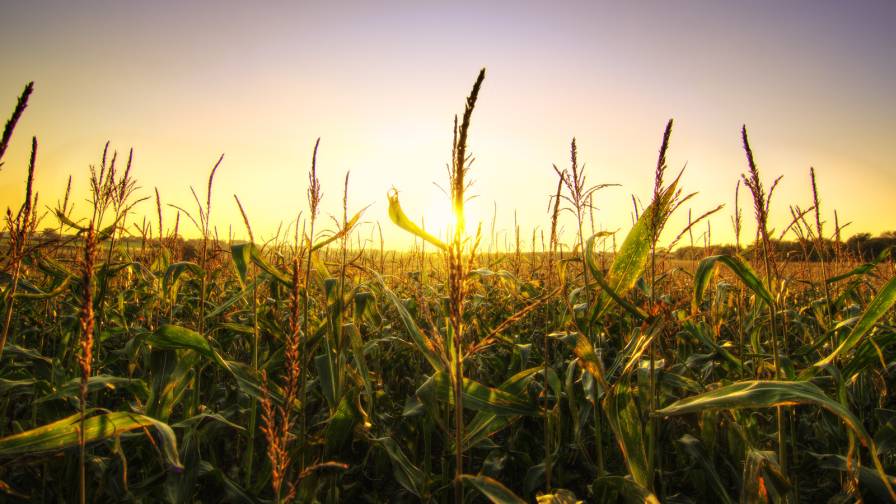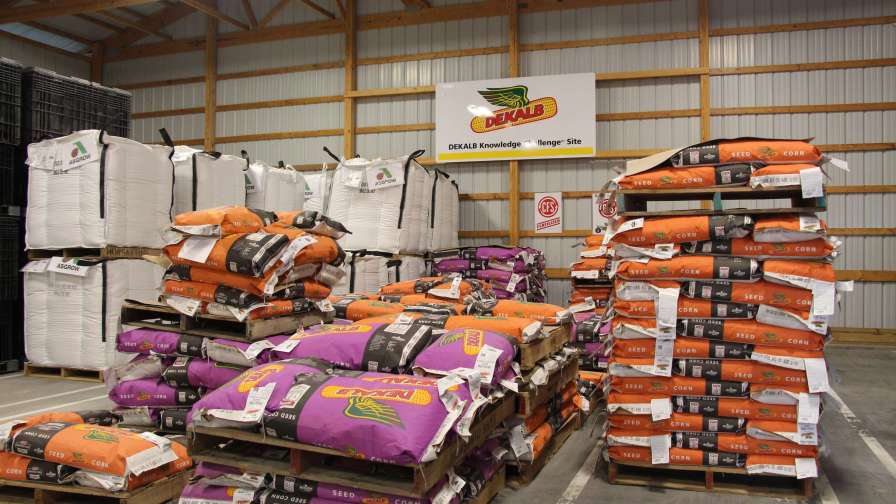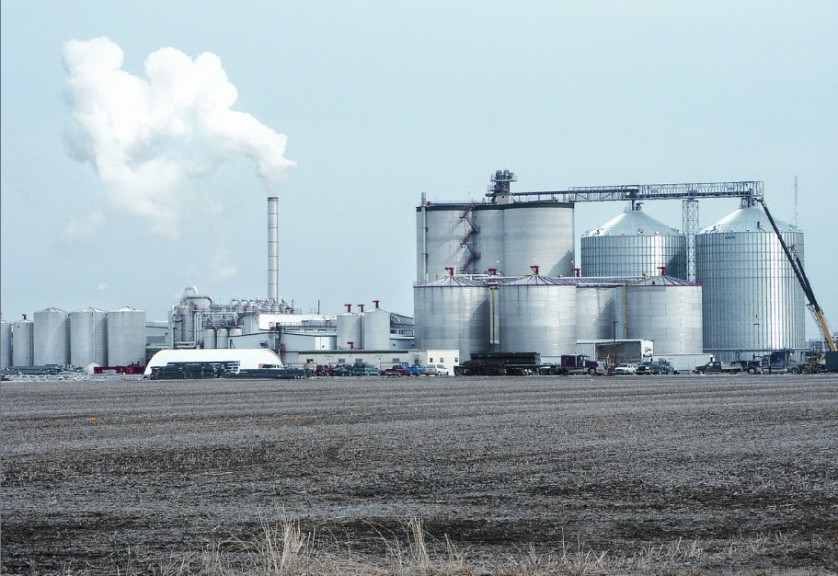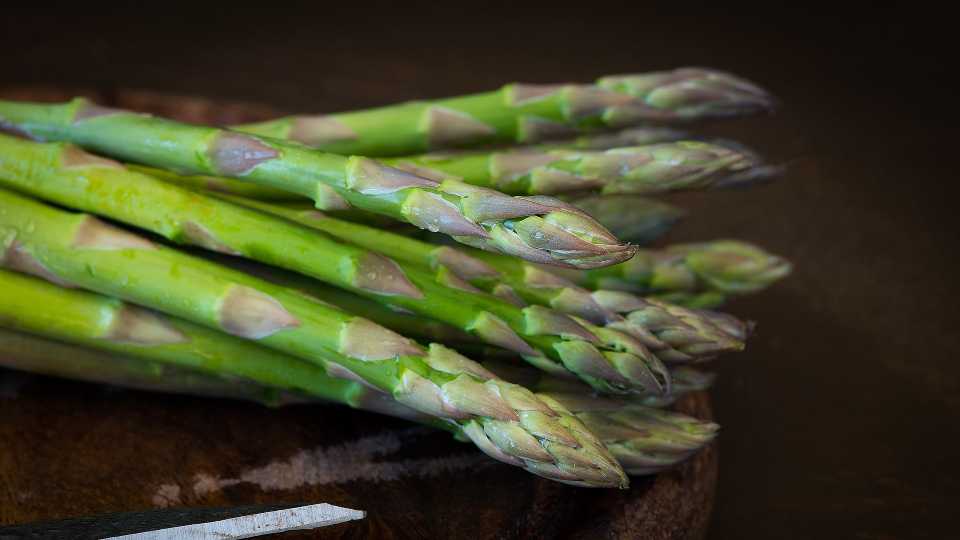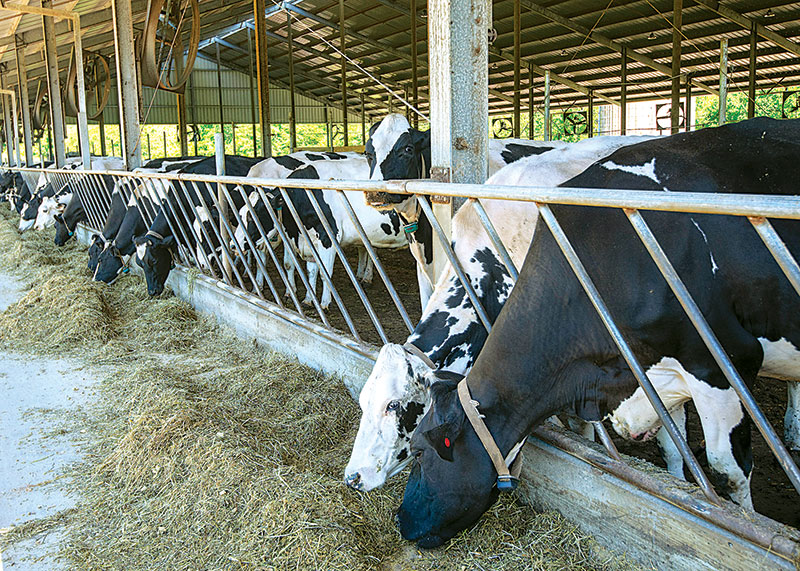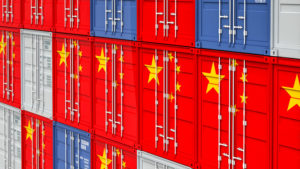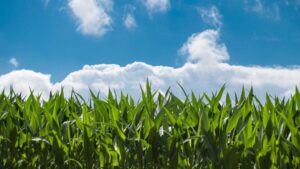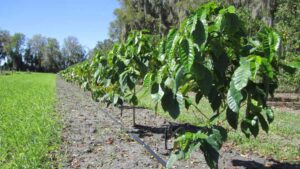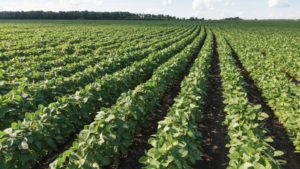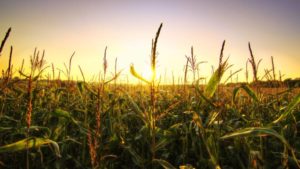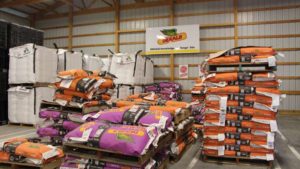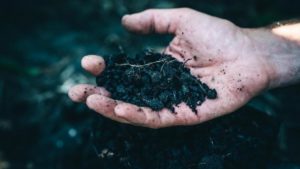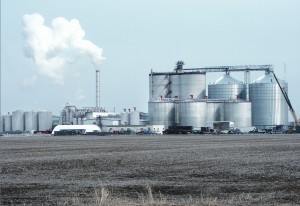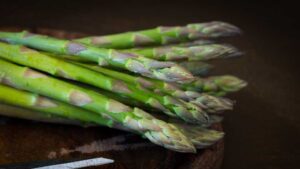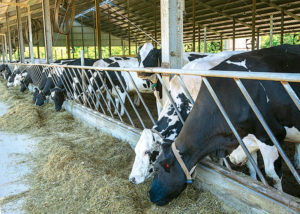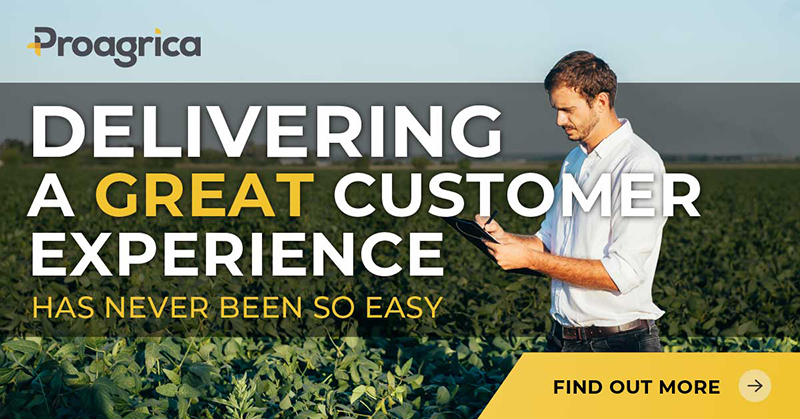The Covid Pivot: 10 Pressing Questions About the Future of U.S. Agriculture
Editor’s Note: Jim Budzynski is a long-time friend of Meister Media, a member of our PACE Advisory Council, and renowned thinker on the future of the agriculture value chain. Jim submitted the following perspective piece reflecting on the events of the past 18 months, and what we as an industry should be thinking about in the months and years ahead. Some of the questions posed here will be central to the discussions we will engage in at the PACE Executive Forum in Kansas City this coming October. I encourage you to provide feedback and suggestions directly to myself or the author. Enjoy! – Paul Schrimpf
The past year has been a doozy. Being locked up for a year and watching half a million Americans die was traumatizing. In the most productive agricultural country in the world, millions of people lined up for food and many Americans died because Covid preferentially attacks people with pre-existing conditions like obesity, high blood pressure, diabetes, and heart disease.
As a mortal, Covid jolted me into a heightened sense of my own mortality and resulted in diet and exercise changes that lessened my vulnerability. But as a strategist, this “Covid intermission” got me pondering what role American agriculture might have played in all this and where we are headed. I concluded that U.S. agriculture remains highly vulnerable and way overdue for a new strategic plan. We need a “Covid Pivot” to a more sustainable agriculture that broadly supports both our environment and the health of our citizens.
I want to share 10 questions that can be considered “kindling wood” to help start the bonfire of debate over where U.S. agriculture should be heading. I do not claim to have the answers, but perhaps this is a fair starting list of questions.
Our Place in the World
1. Global Trade and China. In some ways the U.S. ag model has not changed in 240 years – a “mercantilist” system built around growing crops and livestock and selling grains and protein around the world. We subscribed to the “Ricardian efficiency model” that each country should produce what they can produce cheapest, use what they need, and sell the rest to others. In the first century of this country, global agricultural trade was also driven by an urgency to leverage the Mississippi River system and quickly populate “the west” (today’s corn belt) while the British and the French were distracted. Grains and oilseeds moved easiest down the river. The catch with the Ricardian model is that it starts to break down when producers (even the U.S.) manipulate their currencies, trash their environment, abuse their laborers, or start a war (trade or otherwise). Fair trade requires all parties to trade fairly. Covid highlighted how “comparative advantage” may be efficient in the short term but are ultimately unsustainable, while also exposing the fragility and risks of long global supply chains. Have you noticed the spike in food security concerns and the push by countries to avoid dependence on foreign agricultural commodities? How about the 100% rise in the price of corn over the past 12 months? The United States’ No. 1 agricultural customer by far is also our biggest strategic competitor, China. While they break all records on buying American corn and soybeans, they are also articulating a long-term plan to reduce dependence on imports. Are we betting that China will fail in executing their plan? Will our China sales be OK (or even great) right up until they are not? What is “Plan B” in the event of a highly probable disruption in Chinese agricultural trade?
2. Commodity Focus. The U.S. approach to ag production was for most U.S. farmers to produce undifferentiated commodities and have others (global grain traders, branded food companies, bio-energy companies) profitably sell or convert these raw materials into “value-added” products. This system seems to be fraying. Have you noticed how “direct to consumer” food and meat products experienced explosive growth during the Covid-19 pandemic? How will this development disrupt established players and channels, and what opportunities will that create? We need to encourage the development of scalable value-added plays that are monetarily worthwhile for all sizes of farm enterprises in both niche and high acreage crops. For example, consider a new U.S. textile industry based on artificial intelligence (AI), robotics, and green technology that could energize U.S. cotton’s value (and acreage) and let us buy a competitively priced pair of domestically made blue jeans (using natural plant origin organic dyes) without wondering whether today’s “slave labor” was involved. (At a minimum, if we get into a deeper trade war in Asia, we will not have to walk around without pants.) The world could be a very different place in 10 years. How can we build a domestically focused value-added strategy for American agriculture instead of remaining focused on low-cost commodity production?
3. Geographic Concentration. This is our own “intra-U.S.” Ricardian model. Why are apples grown in Washington, potatoes in Idaho, and corn in Indiana? Climate is a factor, but also specialization to lower costs, consolidate quality assurance and processing infrastructure, and have a bigger “global commodity footprint”. The downside of this concentration is increased vulnerability – consider all those times (before citrus greening) that orange juice prices spiked because of a freeze in Florida. If we look back to the 1940s, most every Midwest farm had a few apple or peach trees and a vegetable garden. We can grow lots of crops in lots of places — I recently read that researchers are evaluating growing coffee beans in Florida! Local farm markets, farm-to-market dining, and higher demand for organic production are all showing us that local supply can be fresher and more resilient. The drive to build vertical farming and “short and local” supply chains for perishables (and also address food deserts) needs to gain much more traction. These markets are also focused on “whole foods” that do not require consolidated mega-processing facilities. Covid may mean we have reached the peak of geographic crop concentration and that re-diversification may be underway. Can we develop scalable differentiated crops and varieties adapted to local climates and build more diversified local farm operations that are not hostage to a single commodity price?
4. Subsidies and Checkoffs. Why do we still have subsidies for crops like corn? What does a “U.S. subsidy” even mean in a globally priced commodity? Crop subsidies do not meaningfully enhance our balance of trade — in a $20 trillion U.S. economy, U.S. food exports of $130 B are 0.6% of the U.S. economy and net food exports of $10 B are truly a rounding error. Should U.S. ag policy pick commodity winners and losers? Economics 101 says anything you subsidize is overproduced relative to a free market. By that measure, we are overproducing corn/corn syrup, soybeans (acreage competition), pork, beef, and ethanol relative to a free market. Similarly, commodity checkoffs encourage “siloes” of individual commodities driving consumption of “their” commodity to foreign and domestic consumers and often end up as essentially a subsidy to food marketers. In 2020, ag subsidies were over 40% of net farm income – farmers are very proficient at producing what U.S. farm policy subsidizes. Should U.S. farm policy seek to (inefficiently) manipulate global grain prices for domestic objectives? Should we re-align subsidies less around a few commodity crops and more on desired societal or environmental outcomes – healthier diets, crop rotation, soil conservation, and building greater crop diversity?
How We Operate
5. Scale and Monoculture. This one is a legacy from WWII. America saved the world through our industrial might in the last world war. In the culture of the 1950s and 1960s, it was understandable that industrial level scale was our focus, particularly given our global commodity trade focus. In the early 1970s, Dr. Earl Butz, Richard Nixon’s Secretary of Agriculture, implored farmers to “get big or get out” and plant corn “fencerow to fencerow”; we were off to the races. As with the corn subsidy, it is not altogether clear who benefits from scale. While individual (larger) farmers may be better off, it is hard to argue that many of the dying small farm towns dotting the Midwest would agree. Out of the 220 million crop acres in the U.S., fully 87% of them are in only three crops – corn, soybeans, and wheat. Productivity and efficiency are great, but our obsessive focus on growing massive acreages of just a few crops has robbed us of diversity and increases our vulnerability (both biologically and economically). Should we consider broadening our definition of U.S. agricultural success beyond being the global low-cost producer of #2 yellow corn?
6. Input Trait GMOs. It is time to ask whether as an industry we placed too much focus on “input GMOs”. Biotechnology has massive potential for improving human, crop, and animal health; in hindsight, it seems ill-advised to leverage all that horsepower primarily in the service of just selling one chemical or another. More ominously, input trait GMOs accelerated “monoculture ag” immeasurably by differentially enhancing crop economics (profits). The problem with a monoculture is that it provides a nice big target for resistance development, and we have been in a battle with bugs and weeds increasingly resistant to input GMOs for as long as they have been around. Given the growing public backlash against input GMOs and the countries like Mexico who no longer want to buy our corn even for animal feed, it seems logical to ask whether the era of input GMOs is coming to an end and ponder the implications for the strategies and focus of our industry. Is it time to utilize biotechnology more aggressively in achieving broader societal goals than just getting more efficient (and bigger)?
7. Sustainability. The most disappointing outcome of our obsession with scale is the death of the crop rotation. When I was a lad of 12 or 13, I used to wander all over the Midwest sampling soil with my crop consultant father. I would lie in the deep green grass of a roadside ditch waiting for my ride and marvel at the thousands of butterflies, moths, and interesting plants. Go out in a field today. No butterflies or moths. No plants (except maybe glyphosate-resistant Palmer amaranth). No ditch anymore either since the over-the-top spray drift long ago eliminated any vegetation, and each year the field’s edge creeps outwards. We are not just planting fencerow to fencerow, as Earl Butz would say – we are planting roadside to roadside. The net affect is less biological diversity, more soil erosion, and ultimately less healthy soils. I read a recent report that used satellite imagery to demonstrate that 24%-46% of the topsoil has been lost in the Midwest over the past 50 years – “carbon accounting” will lay bare the detailed extent of this loss. We have known for 100 years that monocultures are not good for soil fertility, buffer zones and grass waterways reduce erosion, and that chemical fertilizers should supplement rather than fully replace natural crop residues. As Sir Albert Howard famously said in The Soil and Health in 1945, “the real arsenal of democracy is a fertile soil”. As an industry, we must wrestle with the sustainability of our high productivity practices, especially since climate change is increasingly mandating a fresh look at optimal varieties/crops, best water management practices, and the ideal “ag footprint” for the future. Why are we depleting our precious soil resources and what must we do to adapt our systems in response to climate change?
8. Ethanol & Biodiesel. The world is slowly moving to alternative energy sources and electrification, especially in transportation. Tesla is no longer a “one-off” phenomenon — GM recently announced plans to phase out gas and light diesel engines by 2035 and achieve carbon neutrality by 2040. But U.S. agriculture seems heavily invested in liquid transportation fuels, with 35% of the corn crop and 6% of soybeans going into this market. Is energy the highest and best use of our precious agricultural production assets? Should we start to repurpose that 40 million acres before everyone is driving an electric vehicle? Will corn ethanol and soy biodiesel be fueling vehicles in 20 years? What other “green chemicals” could we produce that are more valuable and sustainable? This transition will be far less painful if the industry drives it (rather than gets driven by it). Should the ag industry be re-thinking production of liquid transportation fuel additives as the optimum use of our farmland?
Agriculture-Food-Health Linkages
9. American Health and American Food. Covid-19 has laid bare the chronic health problems of Americans – and obesity, diabetes, cardiovascular disease, and high blood pressure predispose people to bad Covid outcomes. There is nothing like an acute disease made greatly riskier by pre-existing chronic diseases to start us all thinking differently about health. I could write at length about what I have learned about food and nutrition in the past year but suffice it to say that there are now 35 years of accumulating evidence that unbalanced U.S. diets are the major factor driving the growth of obesity and related chronic diseases. While individual consumer choice is important, it is also clear that the food industry’s focus on highly profitable but also highly processed foods contribute to this challenge. You do not need to look any further than the massive percentage of food products made with heavily processed corn/soy/wheat to disprove the notion that our dietary problems are 100% about consumers making bad choices. In my quest for a healthier diet, I came to realize how incredibly difficult we often make it for consumers to find healthy foods. For example, the importance of a balanced diet of omega-3 and omega-6 fats has been ignored and resisted by the processed food industry, as omega-3 fats are the enemy of shelf stability. Sadly, this problem is far worse for the lowest income people who are less likely to eat (or be able to afford) higher quality (balanced) diets. While the American food supply is very safe, the American diet is very unsafe. Is it time to think beyond whether an individual food is safe and begin thinking about whether the balance of foods we consume is healthy (and the policy implications for U.S. agriculture)?
10. Meat and Protein. We use a lot of our corn and soybean production to support animal agriculture – 36 million acres of corn and 22 million acres of beans. We also eat too much (omega-6 fat rich and omega-3 fat poor) corn- and soy-fed red meat. We have not only shifted our human eating habits to a seed-rich (omega-6) diet and away from leaf-rich (omega-3) diet, but we have done the same for our animals, compounding the problem. After a lot of scientific reading, when it comes to meats, this dietary fat imbalance may well be more important than saturated fats and cholesterol in driving diet-driven diseases. If we pastured cows again (or at least fed them omega-3 rich feeds like flax or hemp meal) we might dramatically improve the healthiness of animal protein. Of course, all those cows and pigs have a sizable ozone footprint as well, and the number of start-ups that can “grow” meat in the lab is accelerating. I recently read about an Israeli startup that can 3D print ribeye steaks! If you are a livestock producer, or even just a corn and soybean producer, this should make you uncomfortable. So far, the debate seems to be about whether this technology will displace 2% or 40% of the meat market. Are we willing to bet that these will be niche products? The bigger question is what will happen as food scientists and biotechnologists accelerate the “meat alternative movement” from environmentally benign (but process-intensive) facsimile meats to dramatically enhanced foods (e.g., a delicious omega-3-rich “ribeye” with no saturated fats). Is it possible that protein production practices and dietary changes (that the U.S. food and agricultural industries have often resisted) will be implemented by agri-food start-ups (upstarts?) whose goal is simply to give the consumer what they want? How can we make animal protein production both sustainable for the planet and healthy for consumers?
The great lesson of Covid is that life is short and the time to act is now. The global government response to Covid (massive stimulus) coupled with supply chain nightmares is clearly making its way into ag commodity prices and creating a unique opportunity to make the changes we need. It is within that vein that I offer these questions on what U.S. agriculture needs to consider in the future. (See Table 1 below for a detailed summary of the traditional ag “narrative”, our potential “blind spots”, and some “green shoots” that may be pointing the way to U.S. agriculture’s future.)
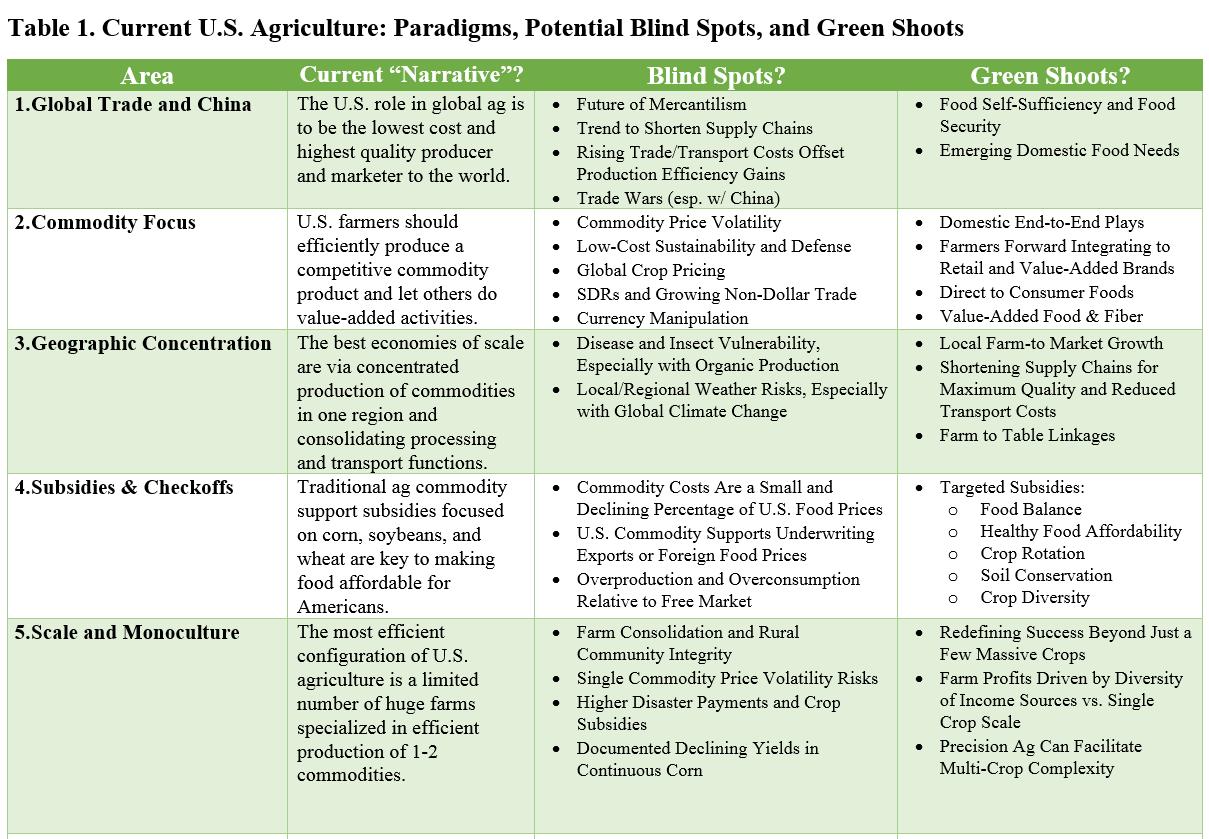
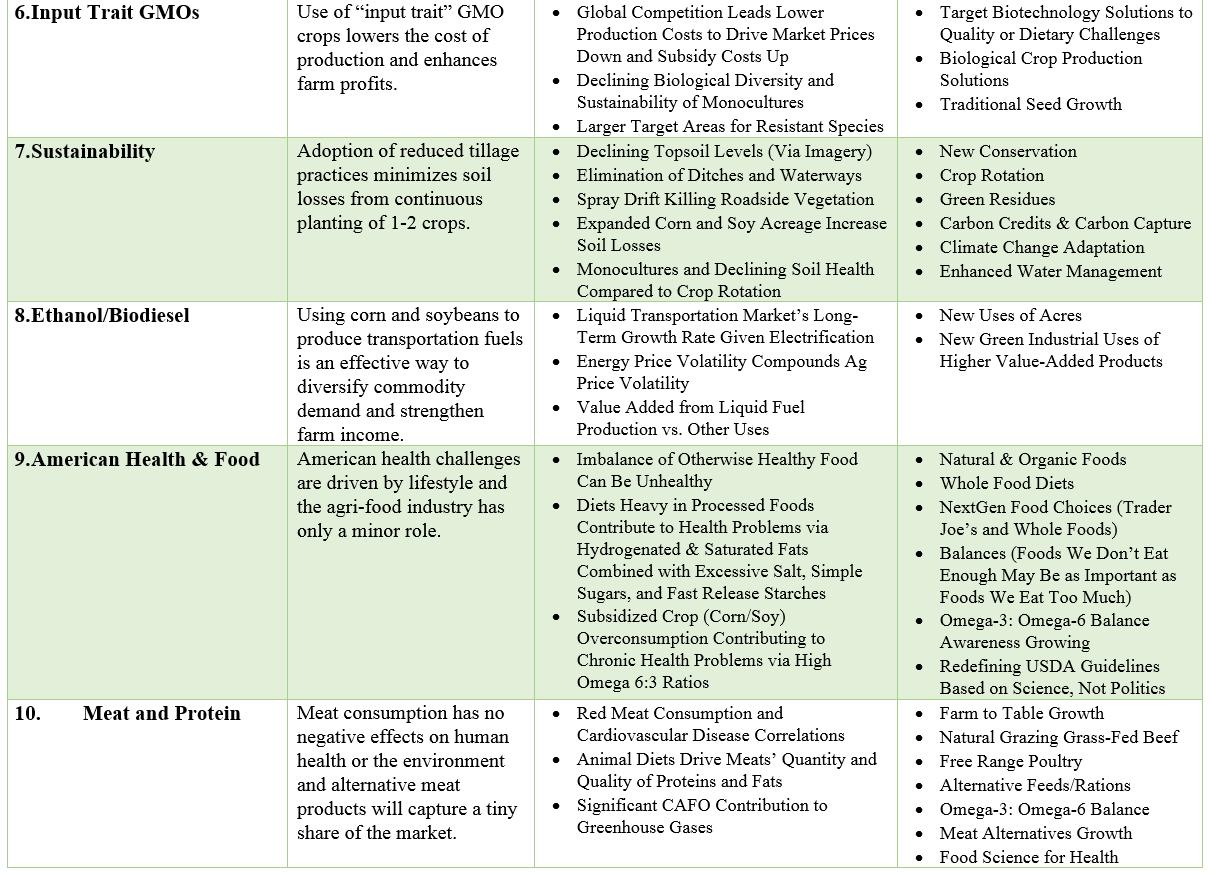
I could be wrong (or crazy), but I am not an “outsider” – I am a proud life-long aggie whose only goal is to put U.S. agriculture on the most sustainable path possible, which in my opinion requires three things: a) strong and consistent farm level profitability without distorting subsidies; b) an environmentally sustainable and safe global food supply; and c) significant additional focus on improving American consumers’ health.
I believe the future trajectory of U.S. agricultural policy should pivot to address gaps that many of us deep down know we need to get fixed. U.S. agriculture is a big ship and turning it too abruptly could capsize the boat. But we must start turning this ship in a more sustainable direction faster than we are moving today. Covid-19 may be providing the impetus to move us more quickly in a new direction. Shouldn’t we take control of creating the future of American agriculture instead of having others and painful market forces do it for us?

